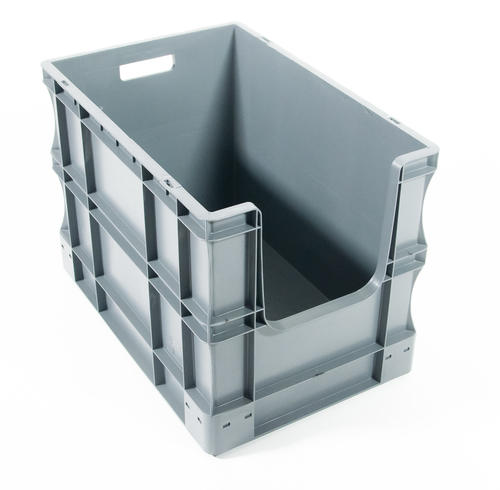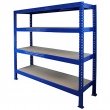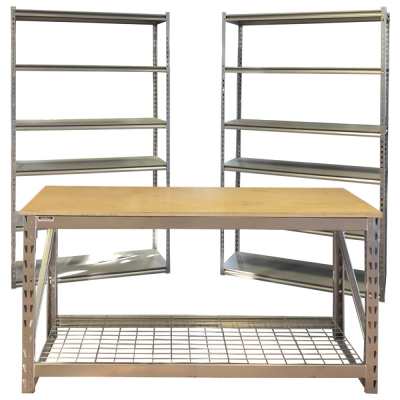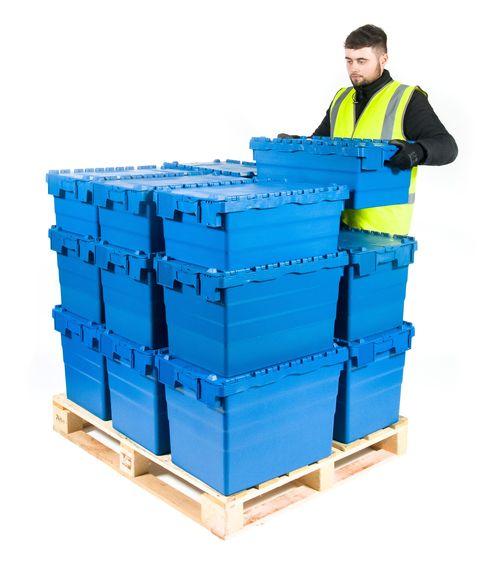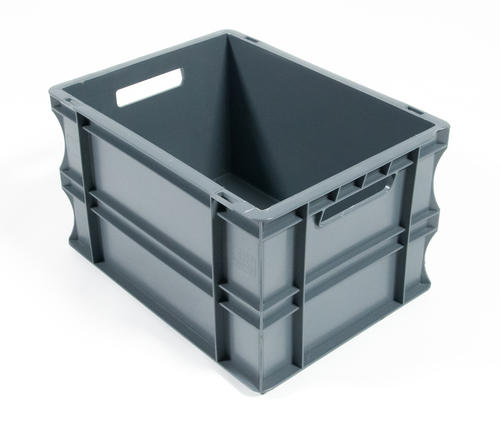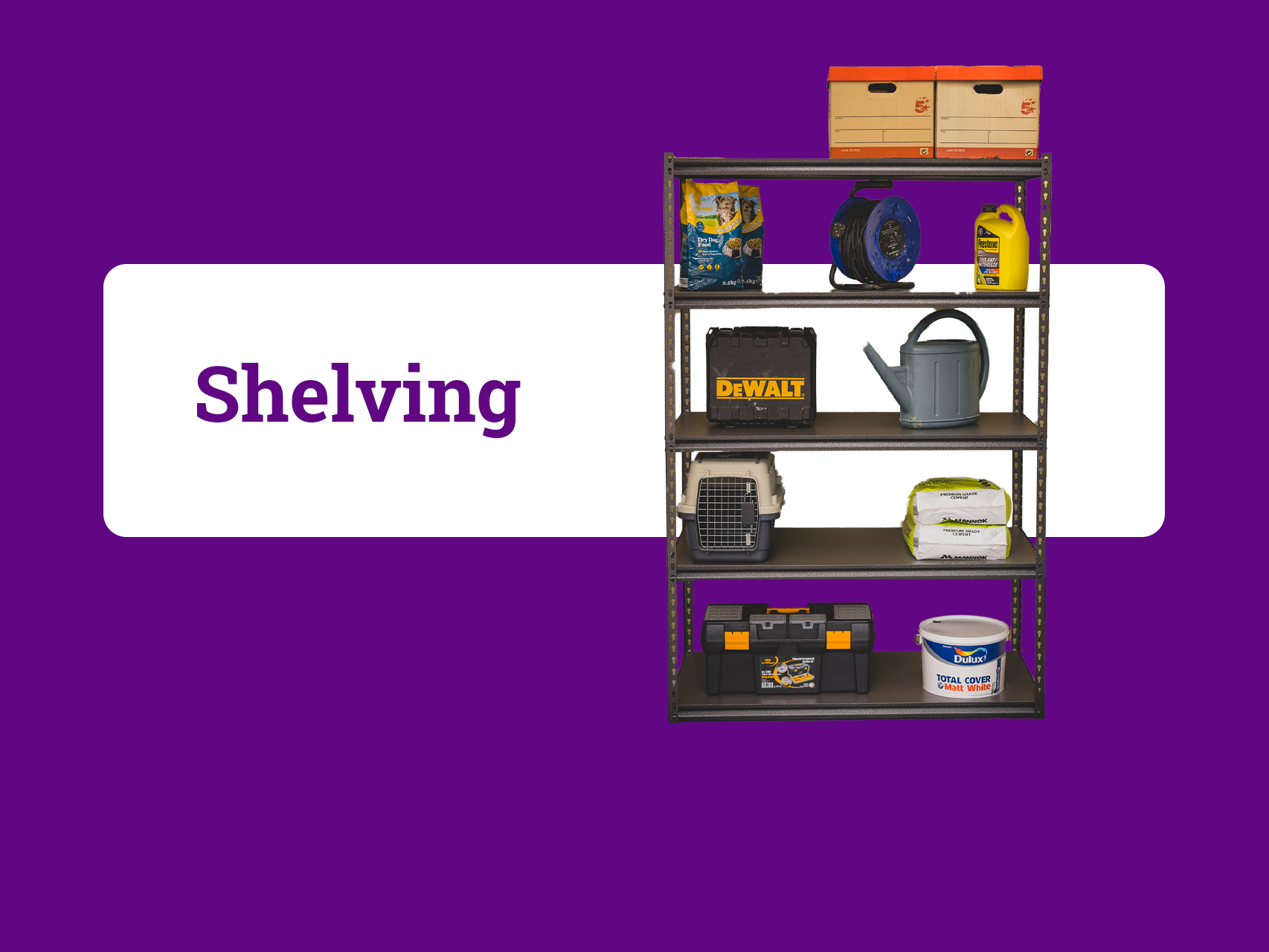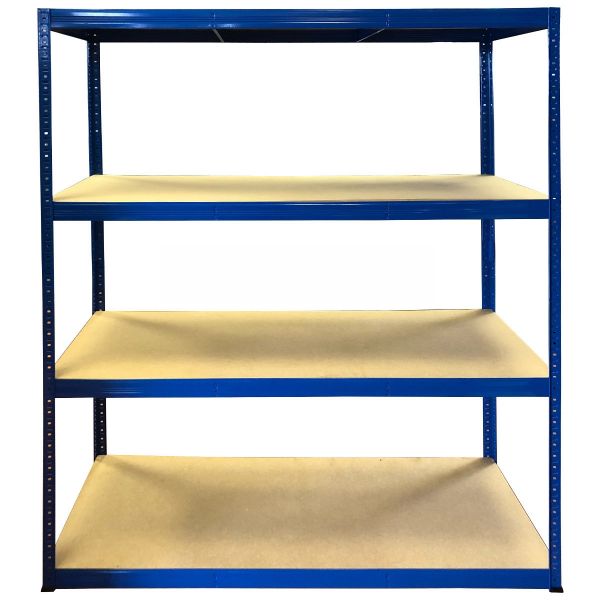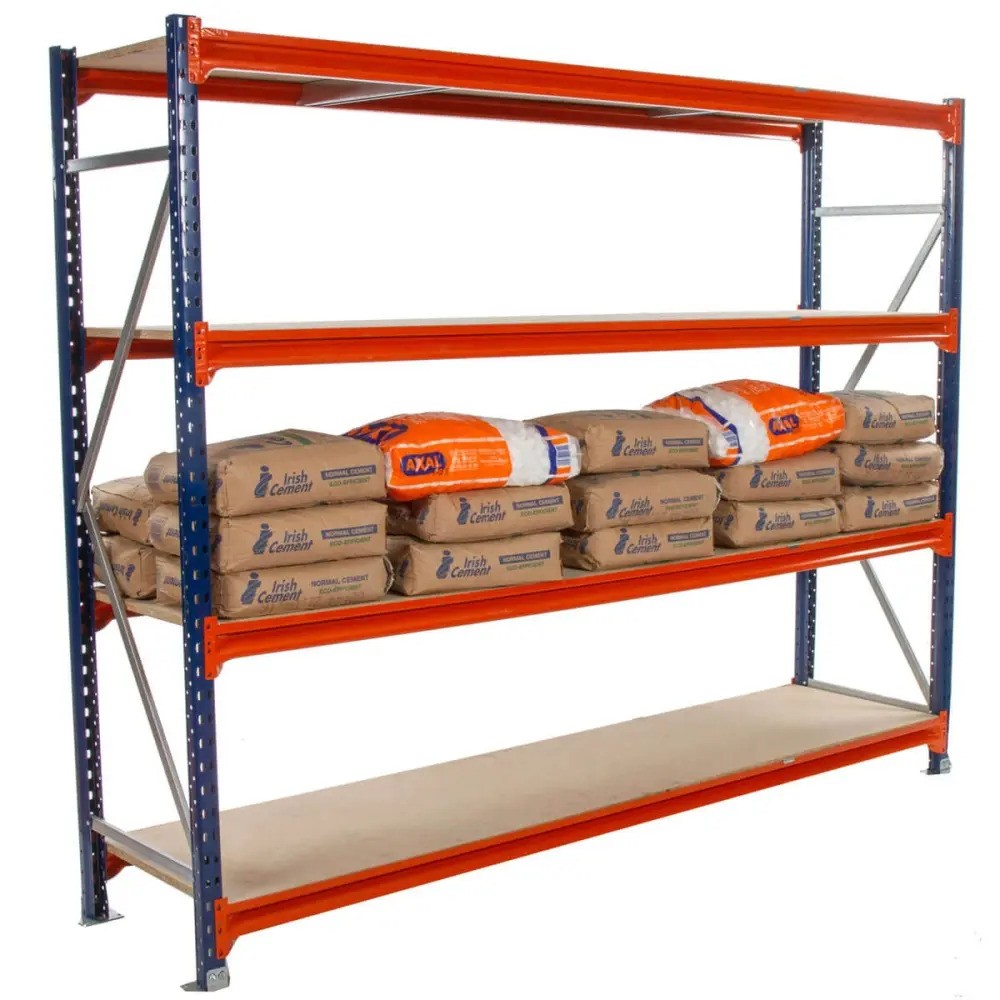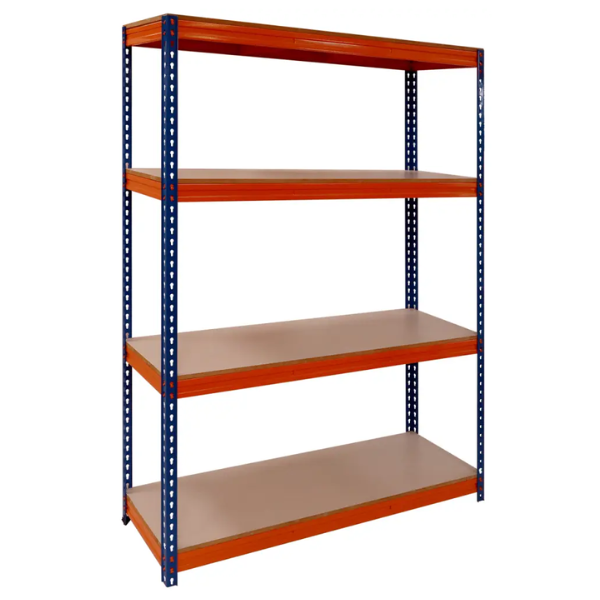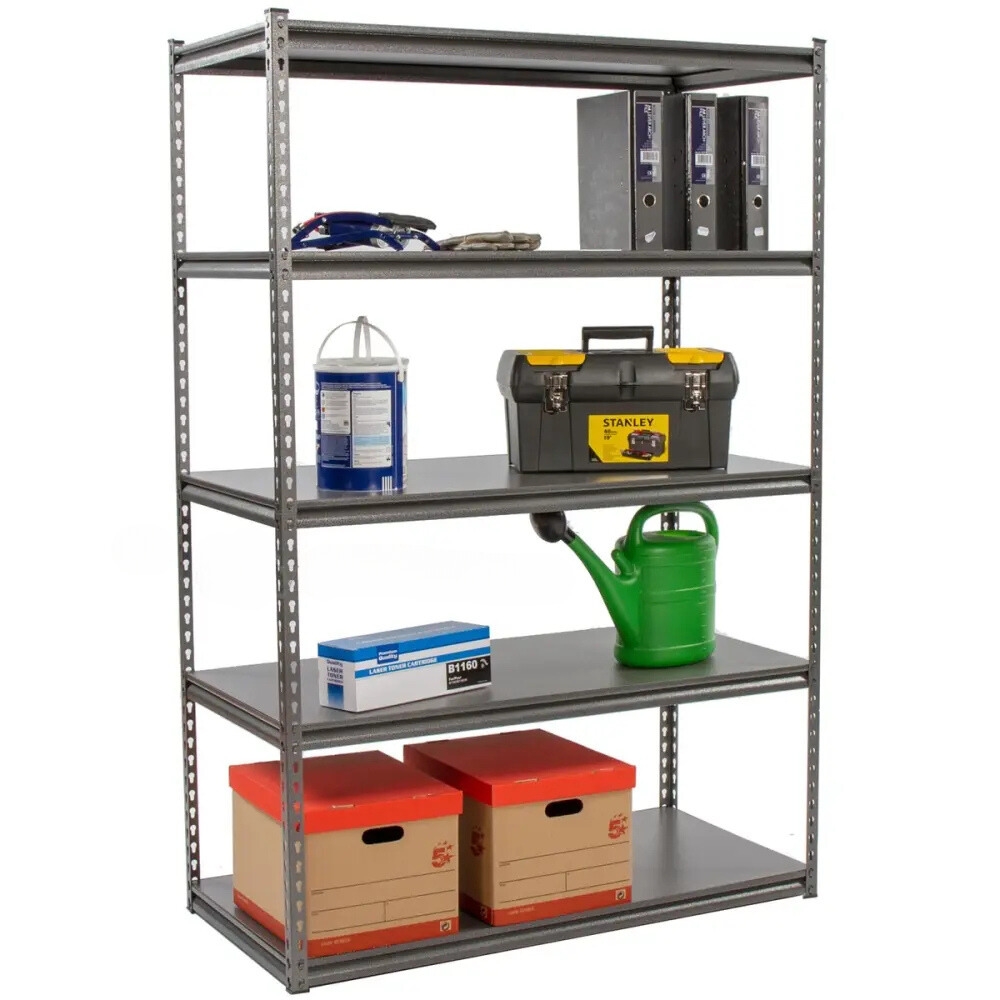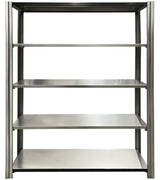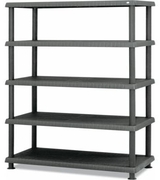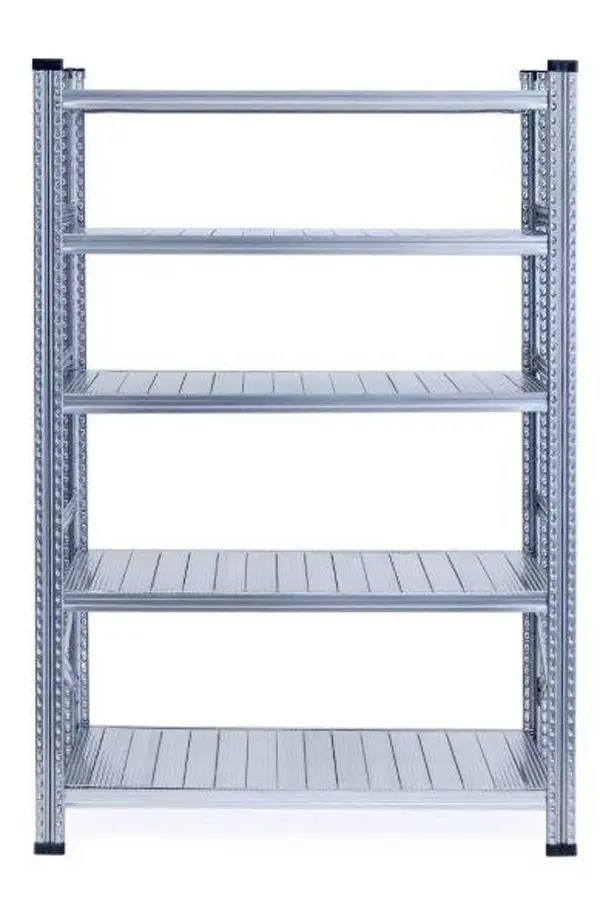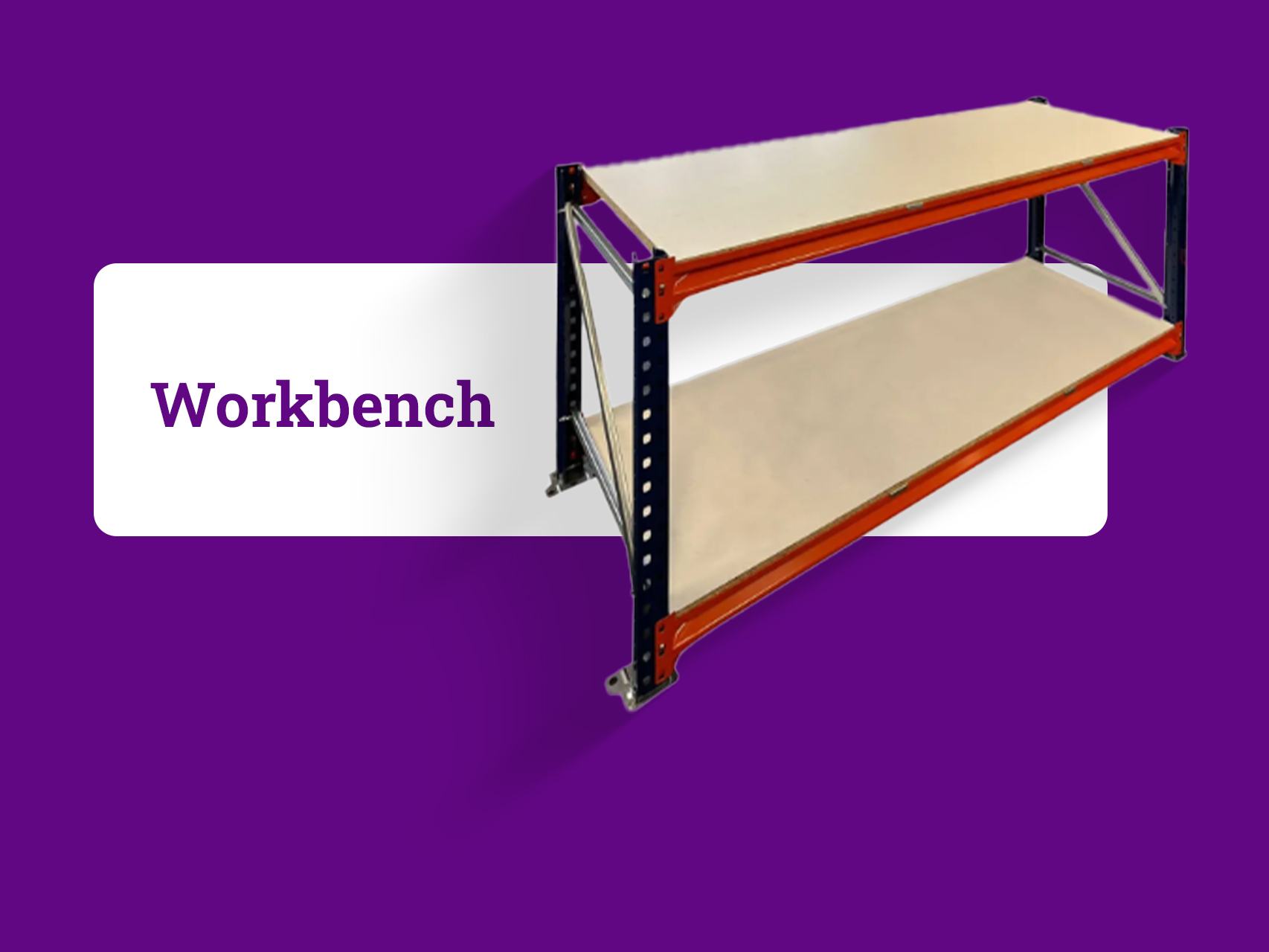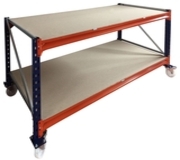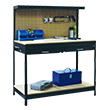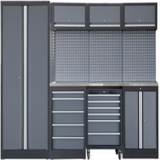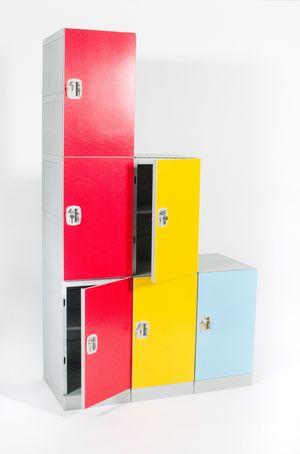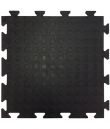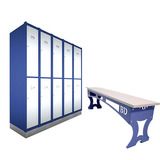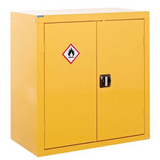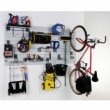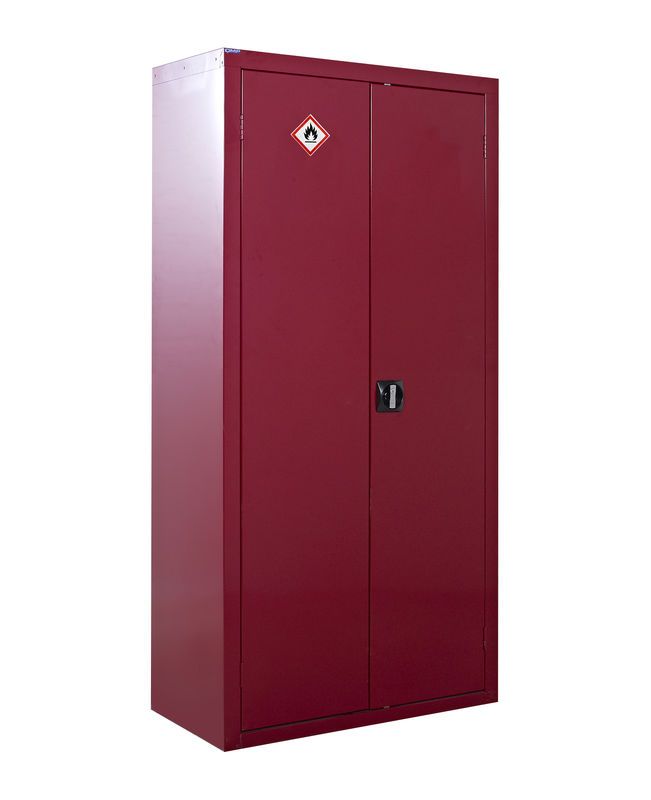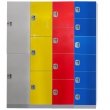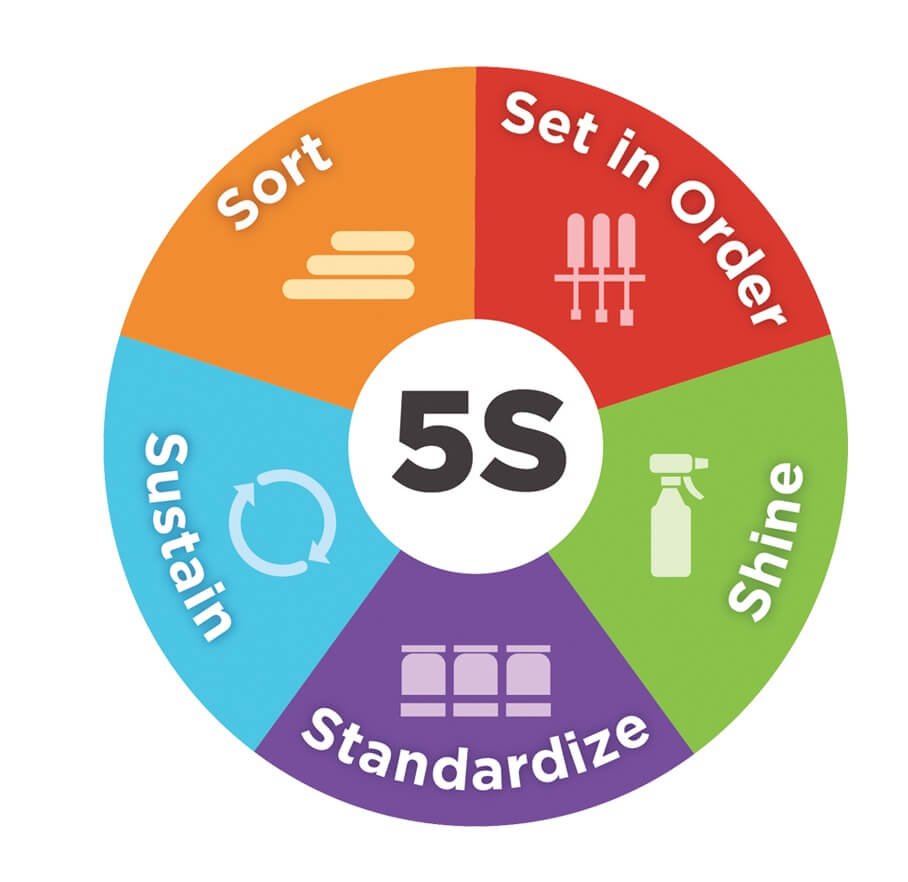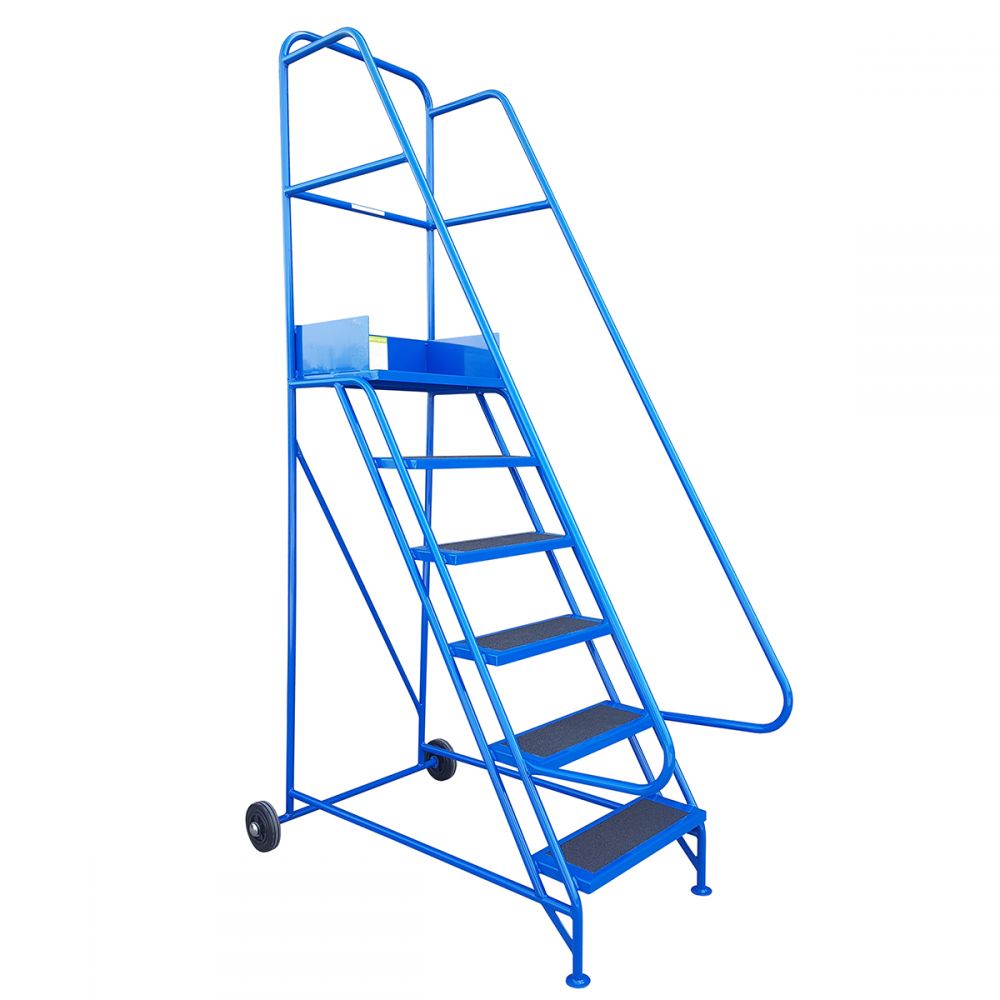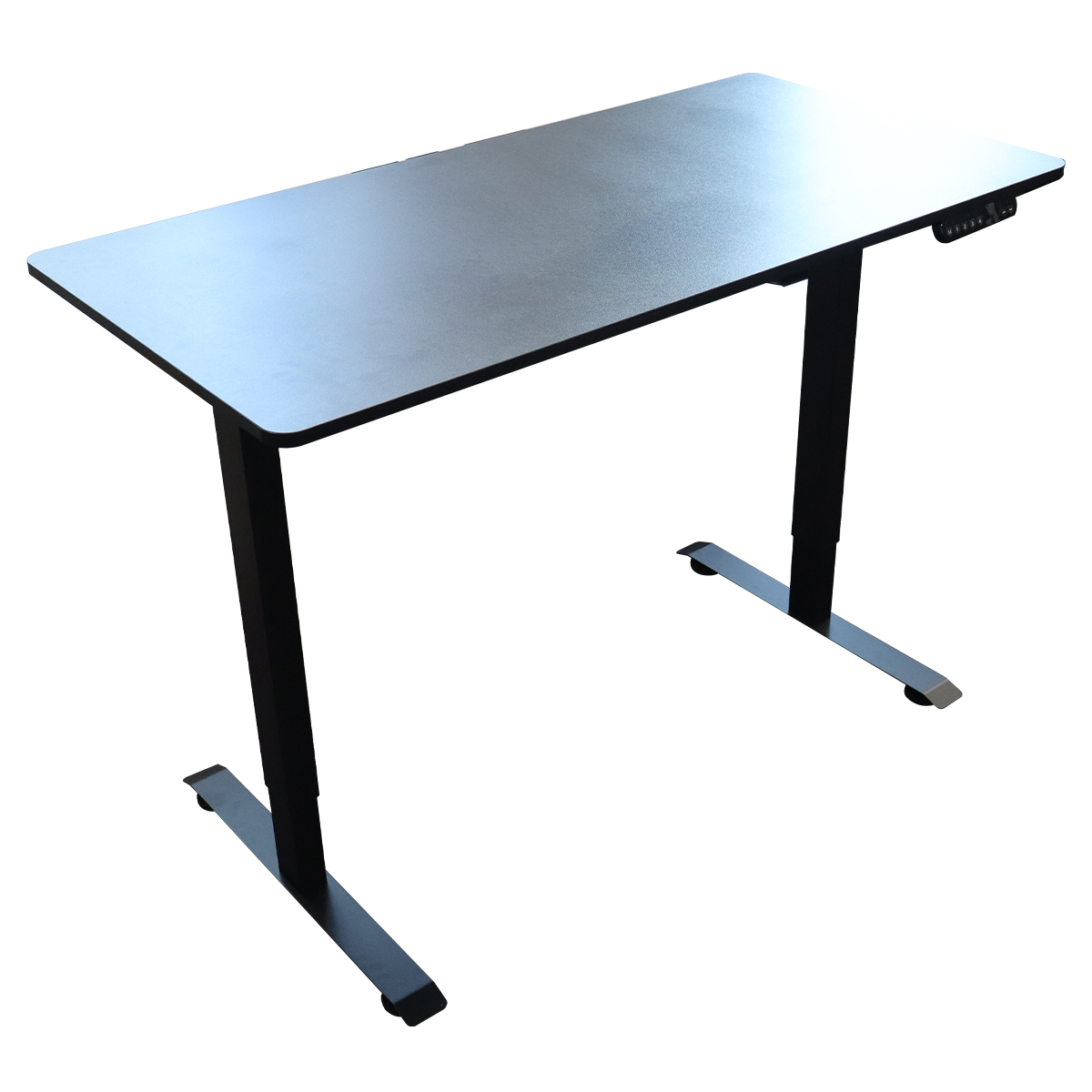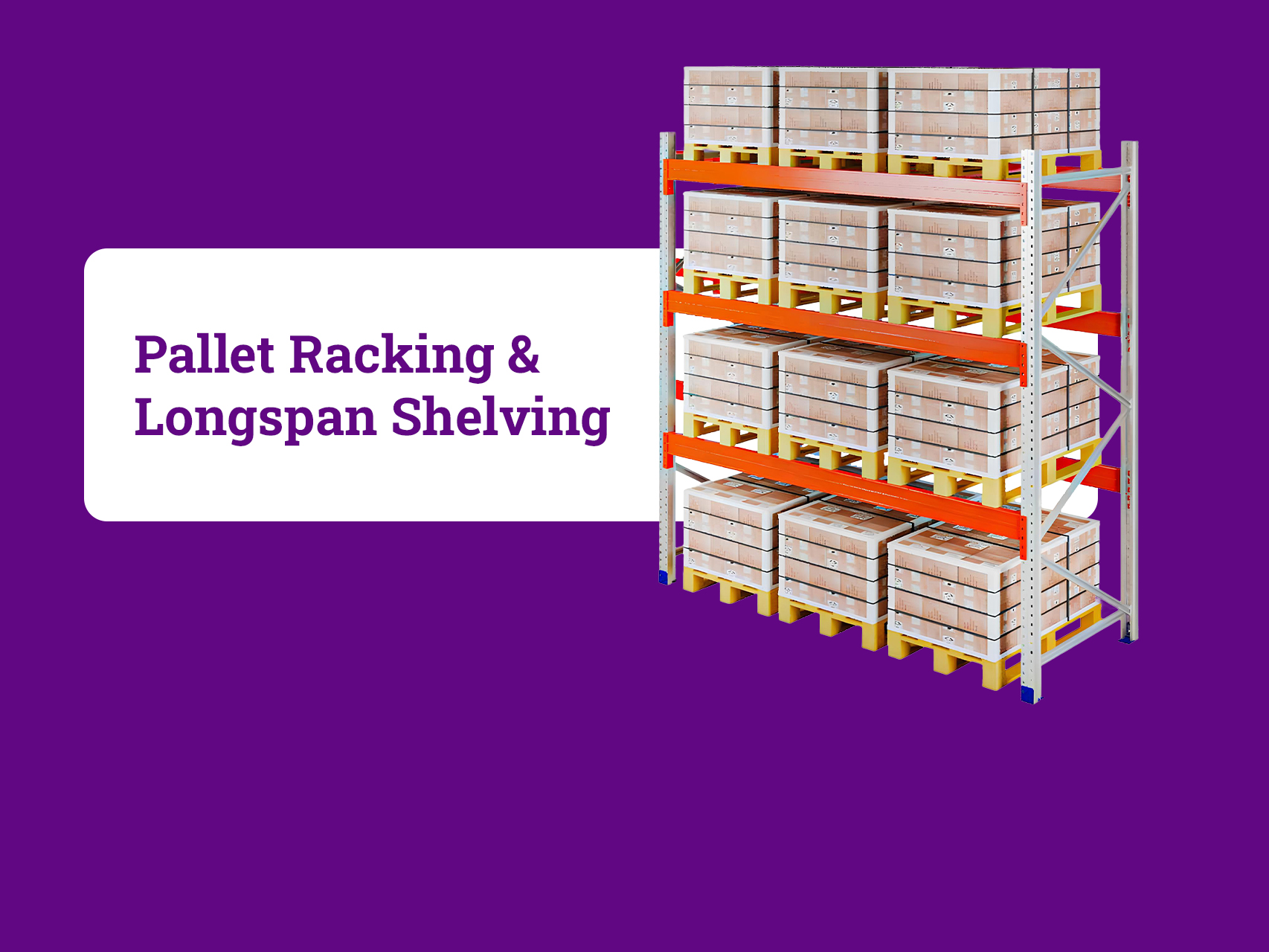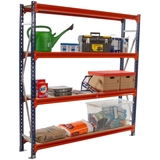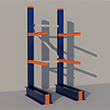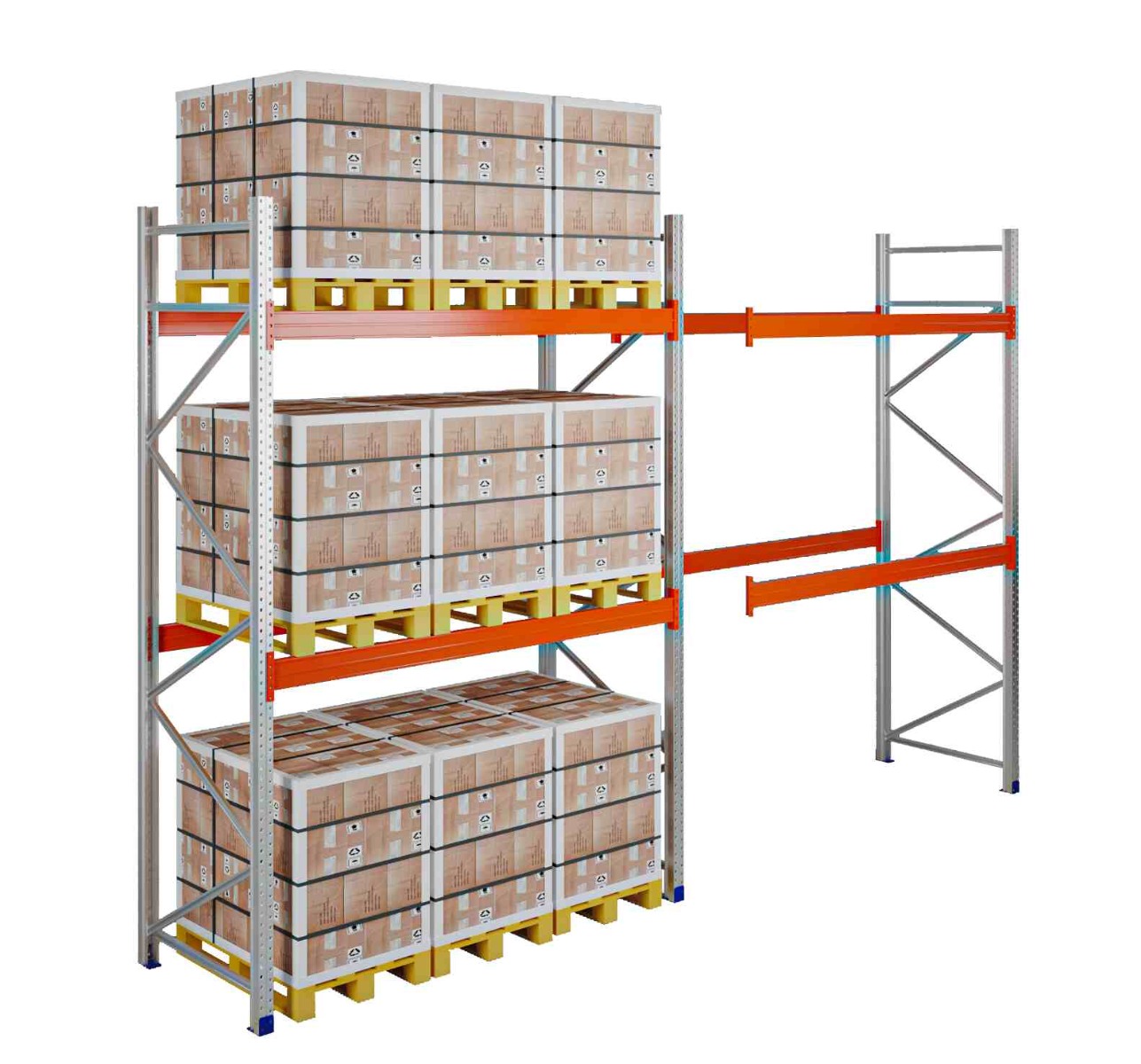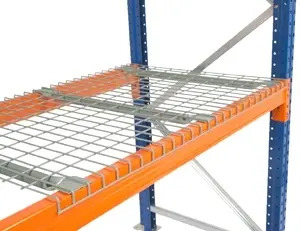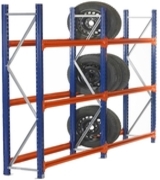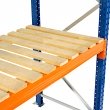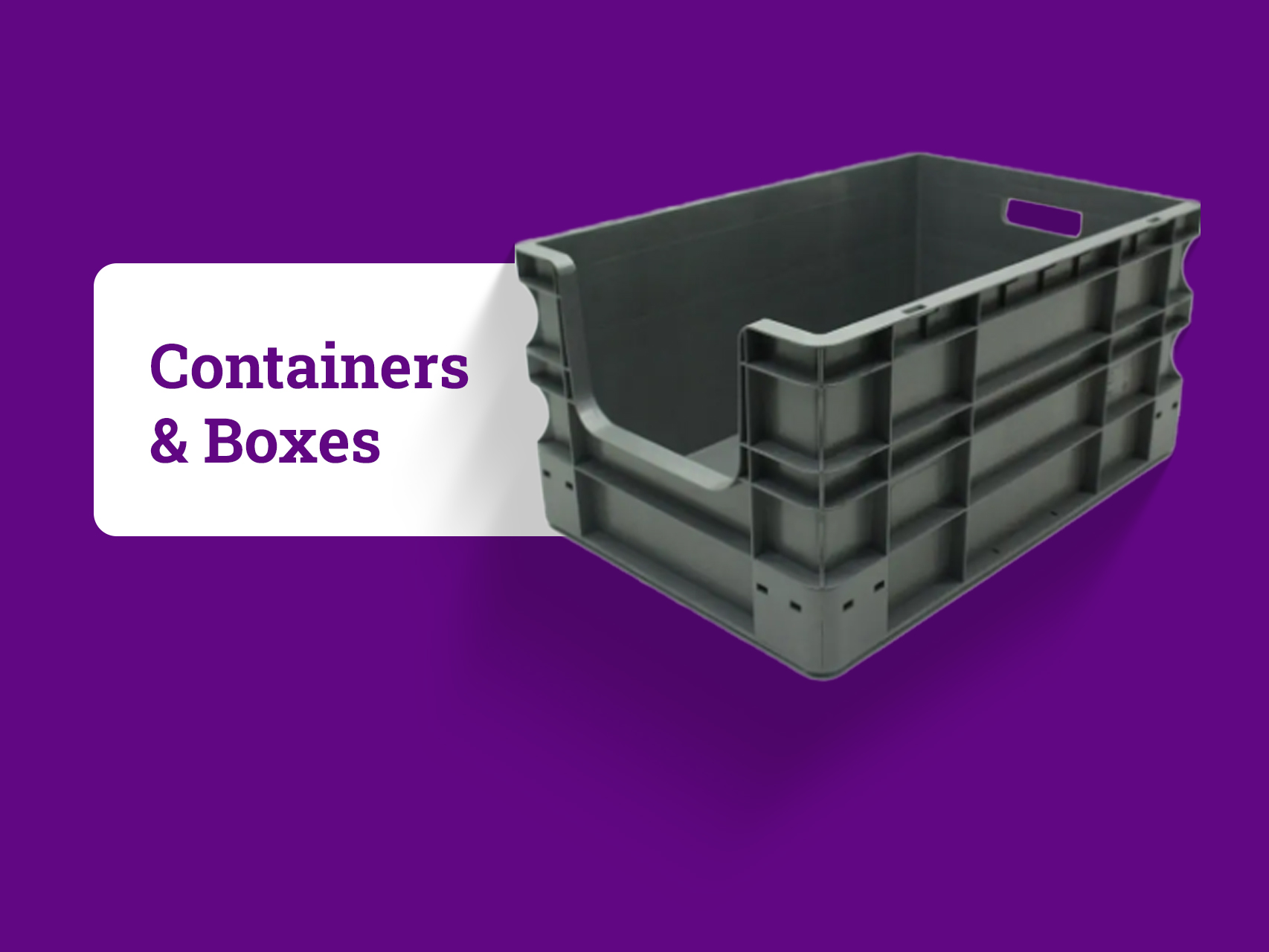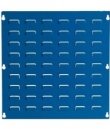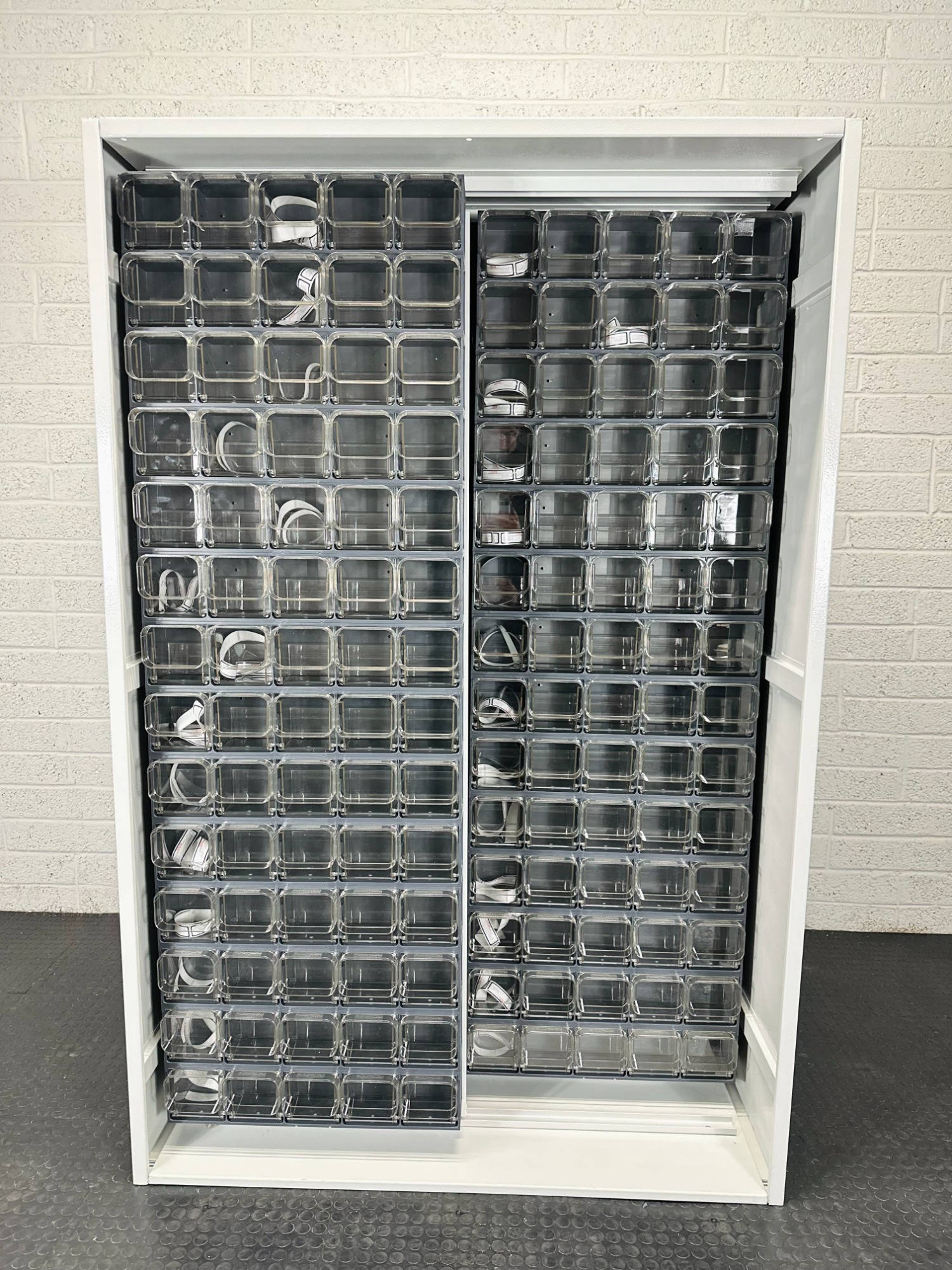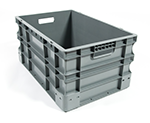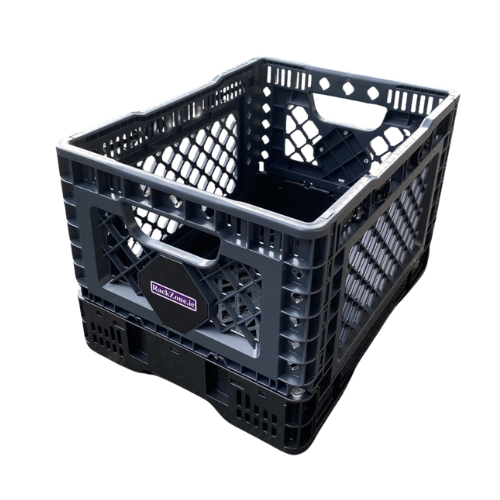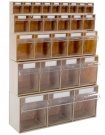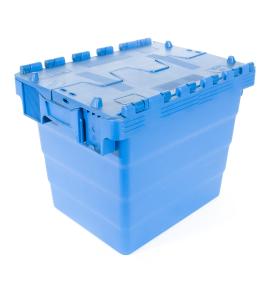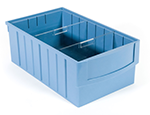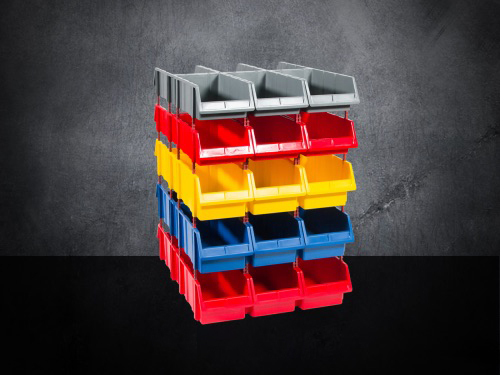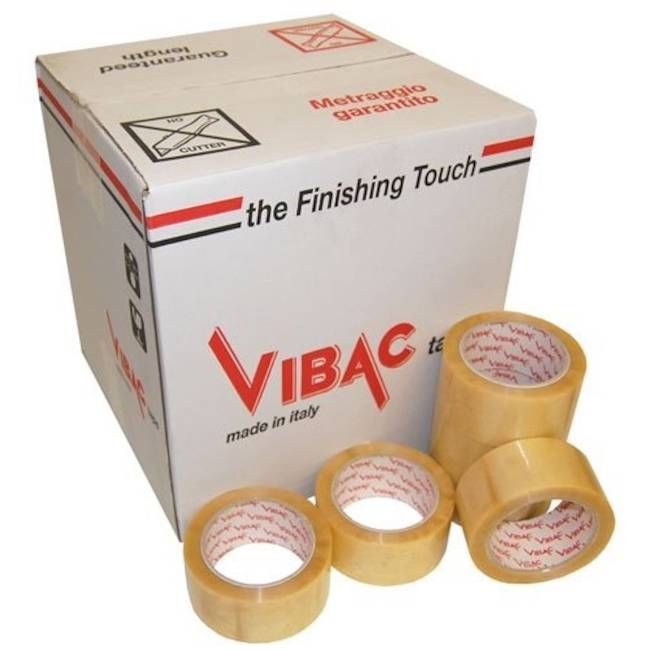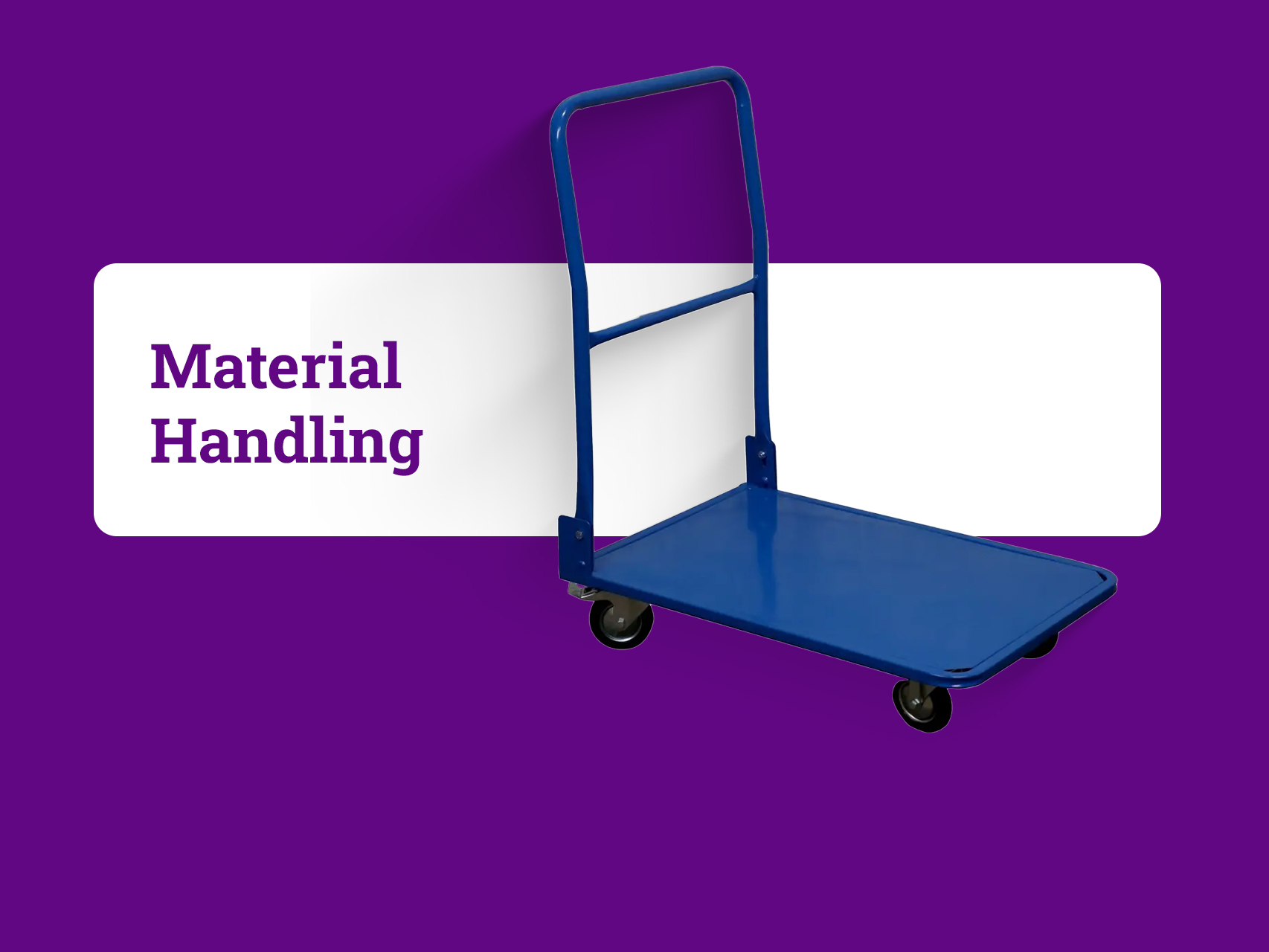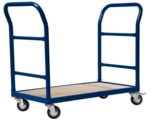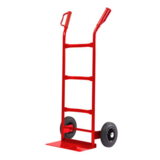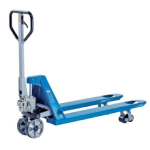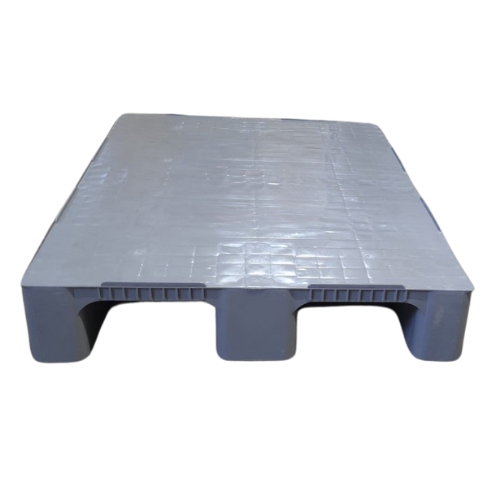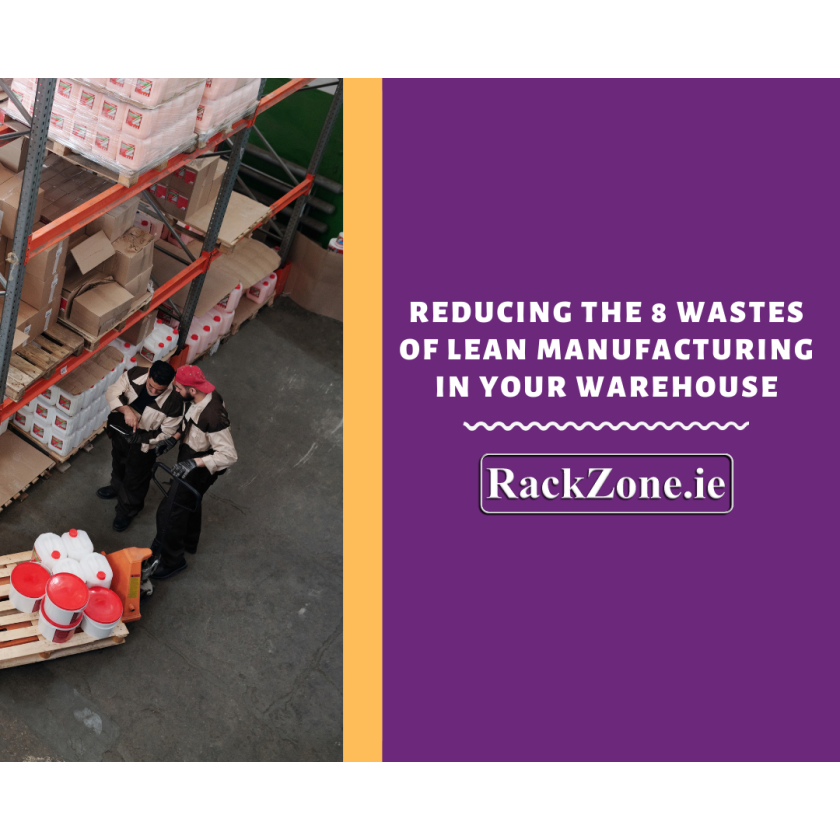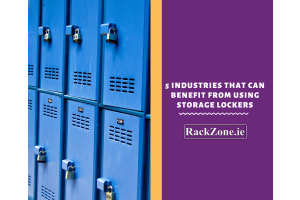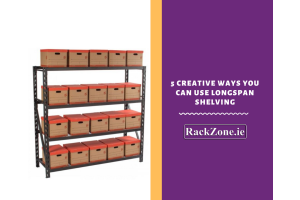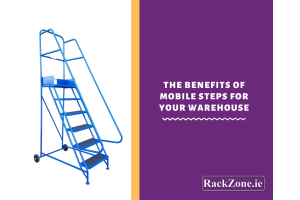Reducing the 8 Wastes of Lean Manufacturing in your Warehouse
In recent years there has been much talk about the lean way of working. Lean refers to the systematic reduction of waste in a process. By using the lean principles we can identify non-value-added components (wastes) and work to reduce these. Lean has been applied most effectively to the manufacturing process. In this blog we take a look at how you can reduce the 8 wastes of lean manufacturing in your warehouse.
The 8 types of waste most commonly identified in warehouse settings are transportation, inventory, waiting, motion, over-production, over-processing, defects and skills.
Transportation
Transportation refers to the movement of physical goods and items. Across a warehouse setting there can be a lot of unnecessary movements of materials and finished products. This waste can be eliminated by locating fast-moving goods closer to the exit point of your warehouse, having succinct, conveniently located conveyor belts and accurately predicting stock levels of raw materials required to avoid transporting items between warehouses when demand increases in one warehouse compared to another. The use of pallet racking to store goods in their various states of readiness will also allow your staff to quickly and efficiently access goods and reduce unnecessary movements.
Inventory
This waste refers to having excess materials or products that are not currently being used within your warehouse. This can happen when your warehouse stocks obsolete SKUs or overestimates the level of demand for particular items. This waste can be reduced or eliminated with accurate predictions of demand and constant revisiting of your predictions and inventory to keep on track of current stock levels.
Waiting
Waiting refers to the time between one step and the next in a process. This can include a forklift waiting for an operator or an order waiting for the invoice to be attached. This waste can be reduced by ensuring adequate staffing within your warehouse as well as improving your communication internally.
Motion
Motion refers to the unnecessary movement of people. This can include excessive walking within the warehouse to reach a work area or repeated stopping and starting to reach for a tool to execute a task. This waste can be reduced by organising the work spaces of your employees so that everyone has their designated space and set of tools they require to execute their task so they do not need to travel across the warehouse to complete their job.
Over-production
Over production refers to producing more than is needed or producing prior to it being needed. An example of this in action within a warehouse setting is filling an order before it is needed, designating too large of a box to the order or assembling too many boxes for an order. This waste can be overcome by following strict timelines in production and packaging to ensure production for a later delivery does not supersede the current orders as well as deciding upon packing after an order has been produced.
Over-processing
Over-processing refers to the waste of putting more work or higher-quality into an order than is required. This can happen when there are multiple touch points or consolidation areas within a warehouse. Reduce this waste by amalgamating the various stages in the product process to limit the number of touch points and reduce the risk of over working the product.
Defects
Defects refers to the expense and effort associated with scrap and incorrect information. This can be seen within warehouses as mislabeled boxes, damaged products, damaged packaging or items being put away in incorrect areas. This waste can be reduced through proper care, storage and organisation of items within your warehouse. The use of the right shelving can greatly reduce the risk of defects. Here at Rackzone, our wide range of shelving and pallet racking solutions provide you with a secure space to store your products reducing the risk of defects.
Skills
The final waste is skills. This waste occurs when people’s skills and talents are underutilised. This can occur when the incorrect staff are performing a certain task, when there is a lack of training or when input is not given from operators. Reduce this risk by training your staff, having open communication and ensuring that everyone's skills and talents are being best used in their role within the warehouse.
For more information on creating a lean and agile business check out our blog here.
Here at RackZone we specialise in Pallet Racking and Longspan Shelving amongst many other storage products. We aim to give you great products at a great price with exceptional service. Place your orders online or contact us over the phone where our experienced team will be able to advise you on the shelving which will best suit your needs.




